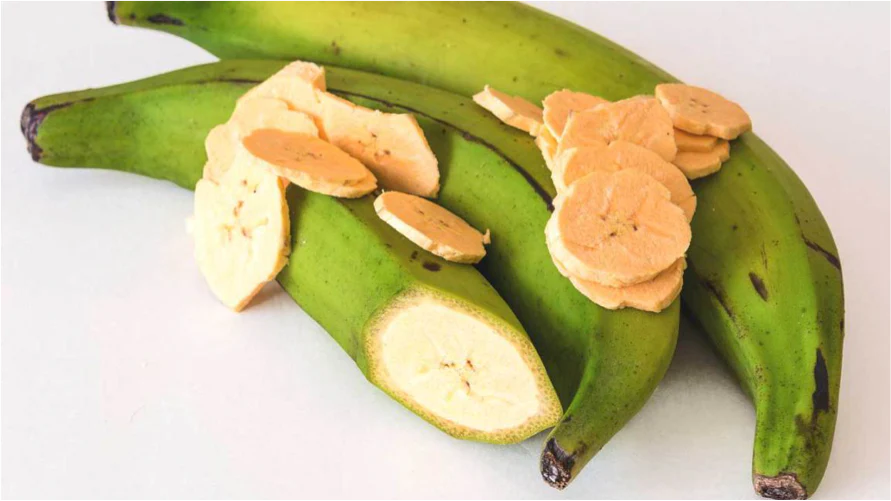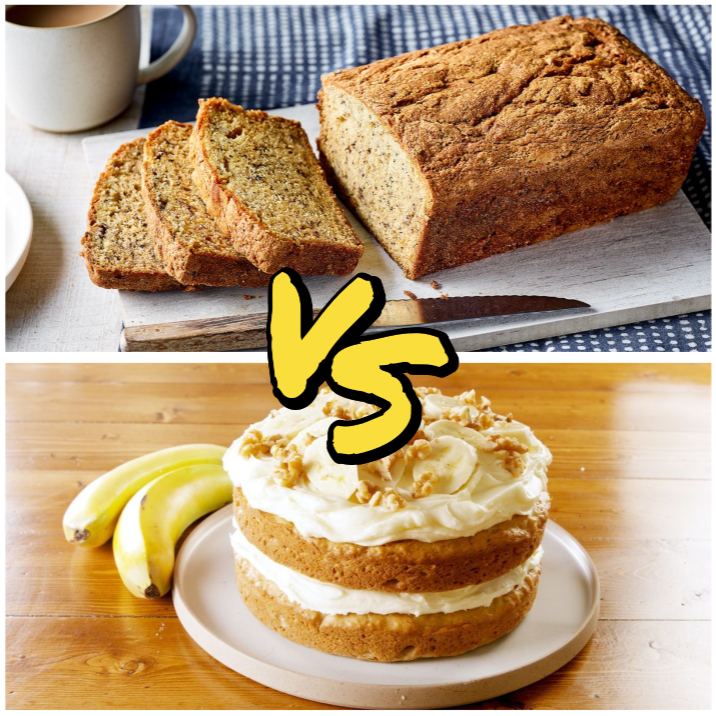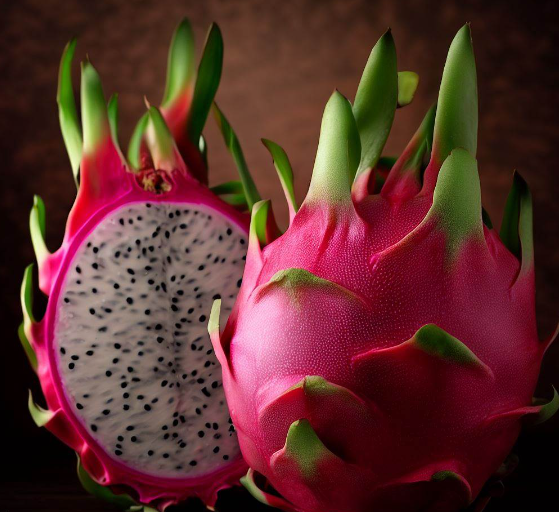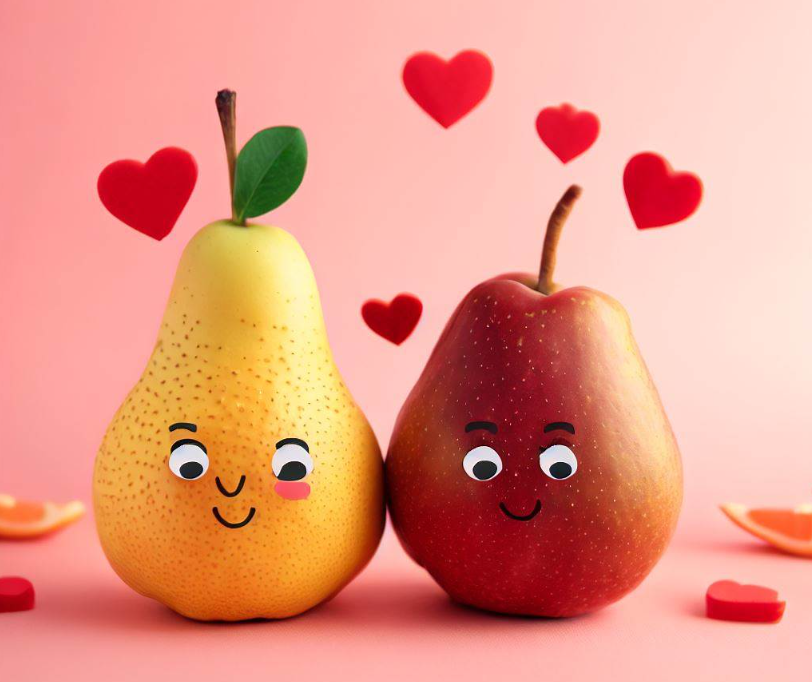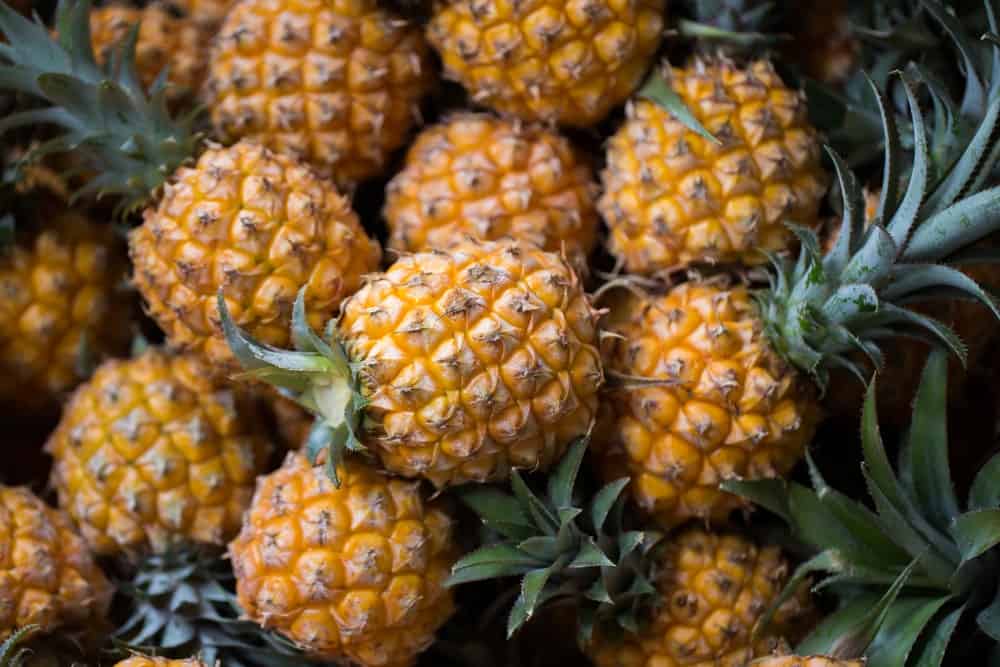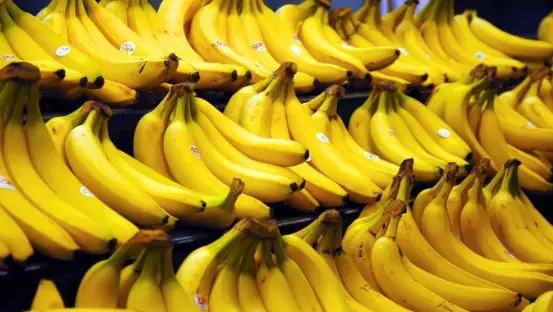Peaches are a juicy and sweet fruit that we love to eat in the summertime. But, like all fresh foods, peaches can spoil after a while.
In this guide, we will look at ways to tell if peaches are still okay to eat or if they’ve gone bad. We’ll also talk about how to make them last longer.
Table of Contents
- Spotting Bad Peaches: What to Look For
- Avoiding Moldy Peaches: What You Need to Know
- Identifying Rotten Peaches
- What to Do with Overripe Peaches
- How Long Peaches Last: Understanding Their Shelf Life
- How to Check If Peaches Are Fresh
- How to Store Peaches the Right Way
- How to Freshen Up Peaches That Have Wrinkled
- Final Thoughts
- Common Questions
- How long do fresh peaches last?
- Is it okay to eat peaches if they’re a bit wrinkly?
- Are peaches with mold okay to eat?
- Can you freeze peaches without blanching first?
- What shows that peaches are too ripe?
- How do you know if canned peaches have gone bad?
Spotting Bad Peaches: What to Look For
To find out if peaches are bad, look at their colors and shapes for any brown spots, weird marks, or dark areas. Touch them to see if they are too squishy or slimy, and smell them to check for a sour or bad smell.
These clues will help you figure out if peaches are not fresh anymore.
- How They Look: Look out for any bruises, dark areas, or spots where the color has changed. Wrinkled or shrunken peaches are usually not good anymore.
- How They Feel: Peaches should be a little soft but still firm. If they feel very squishy, slimy, or too soft, they are probably not good.
- How They Smell: Ripe peaches have a sweet and fruity smell. If they smell sour or just not right, they might have gone bad.
Avoiding Moldy Peaches: What You Need to Know
Mold on peaches isn’t just yucky—it can be bad for your health. Here’s how to stay away from moldy peaches:
- Types of Mold on Peaches: Peaches can get a few different kinds of mold, like gray mold and blue mold. These molds can spread fast and change the way the fruit tastes and feels.
- Health Issues with Moldy Peaches: Eating moldy peaches can cause allergies, breathing problems, or upset your stomach. People with weak immune systems need to be particularly careful.
- Finding Moldy Peaches: Moldy peaches usually have a fuzzy or velvet-like surface and may be white, gray, green, or black. Throw away any peaches with mold, because the mold might be all through the peach, not just where you can see it.
- How to Prevent Mold: Keep peaches in a cool and airy place and don’t put too many together. Check them often and get rid of any peaches that start to go bad or get moldy.
Identifying Rotten Peaches
Rotten peaches have a bad smell, their insides are too soft and might have changed color, and they might have mold or liquid coming from them.
- How Rotten Peaches Look and Smell: Rotten peaches usually smell really gross, often like something fermented or sour. The peach itself may look discolored, be falling apart, or you might see mold or juice oozing out.
- Why Peaches Rot: Peaches can rot because of fungus like brown rot. Too much moisture, not enough air flowing around them, and storing them wrong can make peaches rot quicker.
- Stopping Peaches from Rotting: Handle peaches carefully, keep them in a cool, dry place, and don’t let them stay wet. Make sure there is enough air getting to them and throw away any rotten peaches to protect the rest.
What to Do with Overripe Peaches
- Signs of Overripe Peaches: Overripe peaches often look wrinkly and feel too soft. They might not be good to eat by themselves, but you can still use them for other things.
- Ways to Use Overripe Peaches: Overripe peaches can be great for making jam, smoothies, sorbets, pies, or drinks. They’re extra sweet, so they can add a nice taste to your recipes.
- Recipe Ideas: Try making a peach cobbler, grilling peaches to have with ice cream, whipping up a peach salsa, or blending them into a cool peach lassi. There are so many delicious ways to use them up!
How Long Peaches Last: Understanding Their Shelf Life
Peaches can usually stay fresh for about five days in the fridge. How ripe they were when you got them and how you keep them can change how long they stay good.
- What Affects How Long They Last: The ripeness of the peaches when you bought them, what kind they are, and where you store them all can make a difference in how long they stay fresh. Usually, less ripe peaches will last longer than riper ones.
- Best Way to Store Peaches: Leave peaches out at room temperature until they’re as ripe as you want them. Then, put them in the fridge to keep them from ripening too fast. They should stay fresh for up to five days like this.
- Freezing Peaches: If you have too many peaches, you can freeze them. Peel them, cut them into slices, and blanch them to kill bacteria. Then put them in containers that can go in the freezer. They’ll last for up to eight months frozen.
How to Check If Peaches Are Fresh
To see if peaches are fresh, press near the stem. If it’s soft and smells sweet, it might be ripe. A gentle squeeze should tell you if it’s firm but not too hard. Fresh peaches feel like that.
- Try the Thumb Test: Press gently with your thumb near the stem. If the peach goes in a bit and feels a little soft, it’s probably ripe and good to eat. If it’s still firm, it’s not ripe yet.
- Checking the Scent and Firmness: Ripe peaches have a nice sweet smell at the stem. When you give them a light squeeze, they should be firm but have a little give.
How to Store Peaches the Right Way
- Putting Ripe Peaches in the Fridge: When your peaches are ripe, put them in a bag with some air holes or a container that breathes, and keep them in the fridge. But, don’t put peaches that aren’t ripe in the refrigerator, as it stops them from ripening well.
- Ripening Peaches Yourself: If you need to ripen peaches, leave them in a paper bag at a normal room temperature. The natural gas they let out, ethylene, will help them ripen faster.
- Keeping Peaches for Longer by Canning: You can store peaches for a really long time by canning them. This lets you enjoy their taste even when they’re not in season. Always follow safe canning guidelines and use the right jars and lids to keep your canned peaches fresh for as long as possible.
How to Freshen Up Peaches That Have Wrinkled
- Soak in Cool Water: If your peaches look a bit wrinkled, put them in cold water for about a quarter of an hour. This can add moisture back into them and make them firmer.
- Steam to Rejuvenate: You can also steam wrinkled peaches. Just put them in a steamer for a short while until they soften up a bit. This method can help make them plump again.
- Use in Cooking: Even if peaches aren’t great for eating as they are, you can still cook with them. Use them in dishes where they’ll be mashed up or cooked down, like in sauces, purées, or in baked goodies. This is a great way to use up the flavor and avoid wasting peaches that aren’t perfect.
Final Thoughts
It’s really important to know if peaches are bad or still good to eat. This way, you can be sure you’re eating them when they taste the best and are safe for you.
Look at how your peaches look and feel, smell them, and watch out for signs that they’re too old, like mold or a rotten spot. Picking good peaches and keeping them stored right, plus using ones that are overripe in recipes, will help you enjoy them fully without wasting any.
Make sure to check on your peaches now and then, keep them fresh by storing them correctly, and try using them in different food ideas. Enjoy the wonderful taste of peaches while they’re in their prime!
